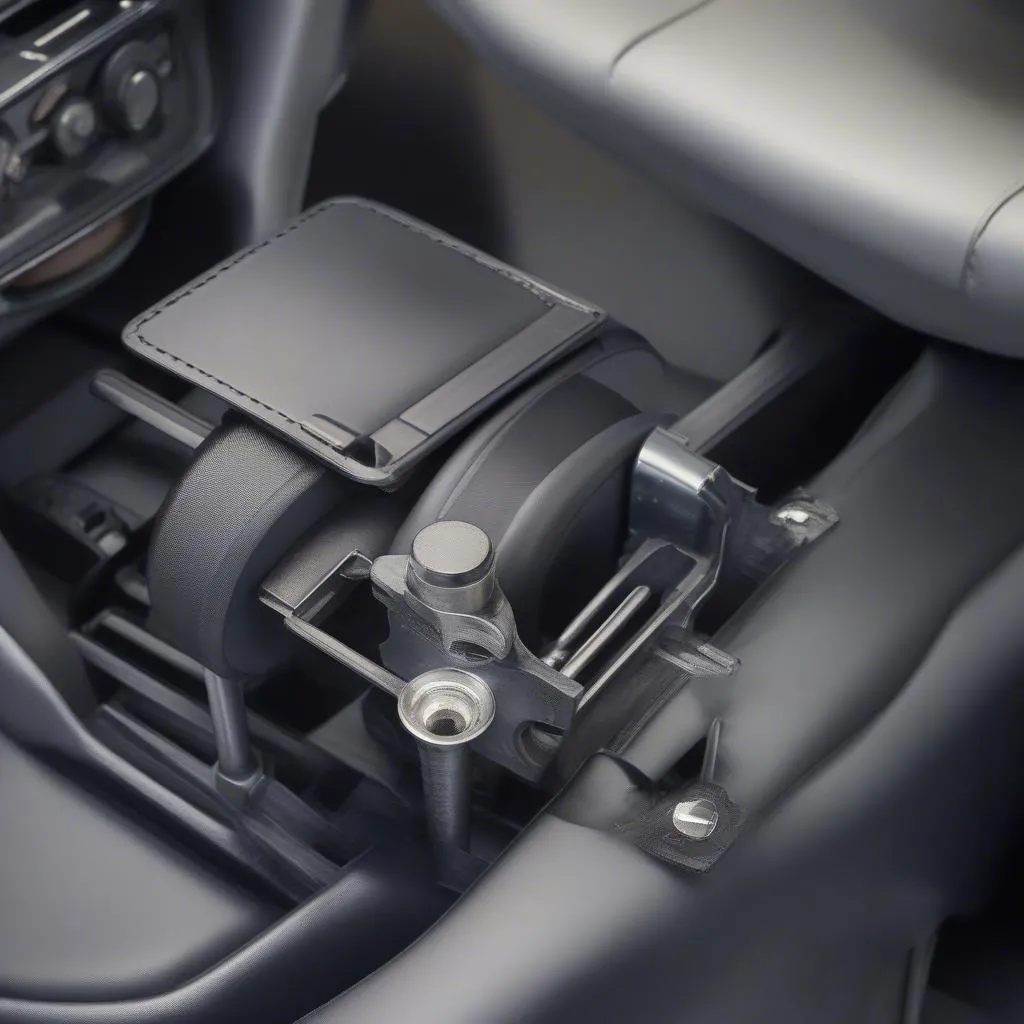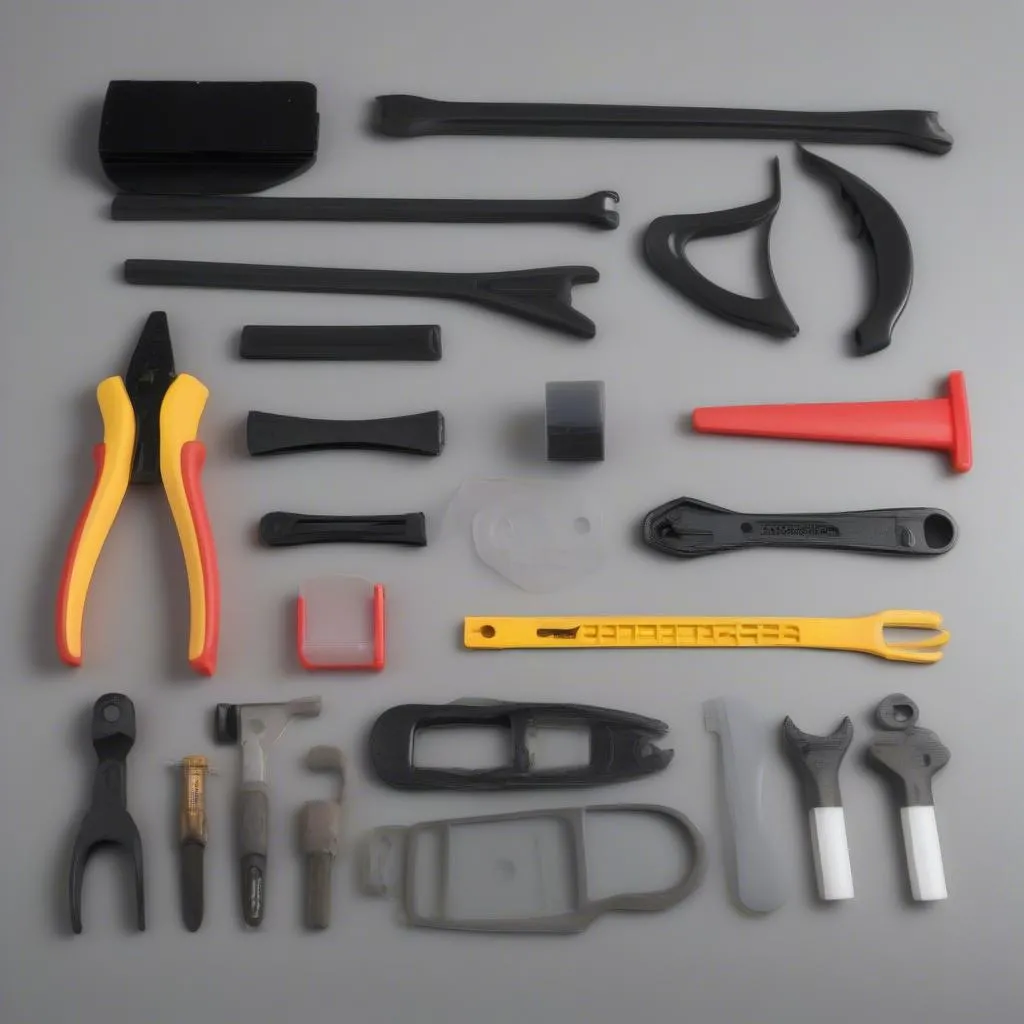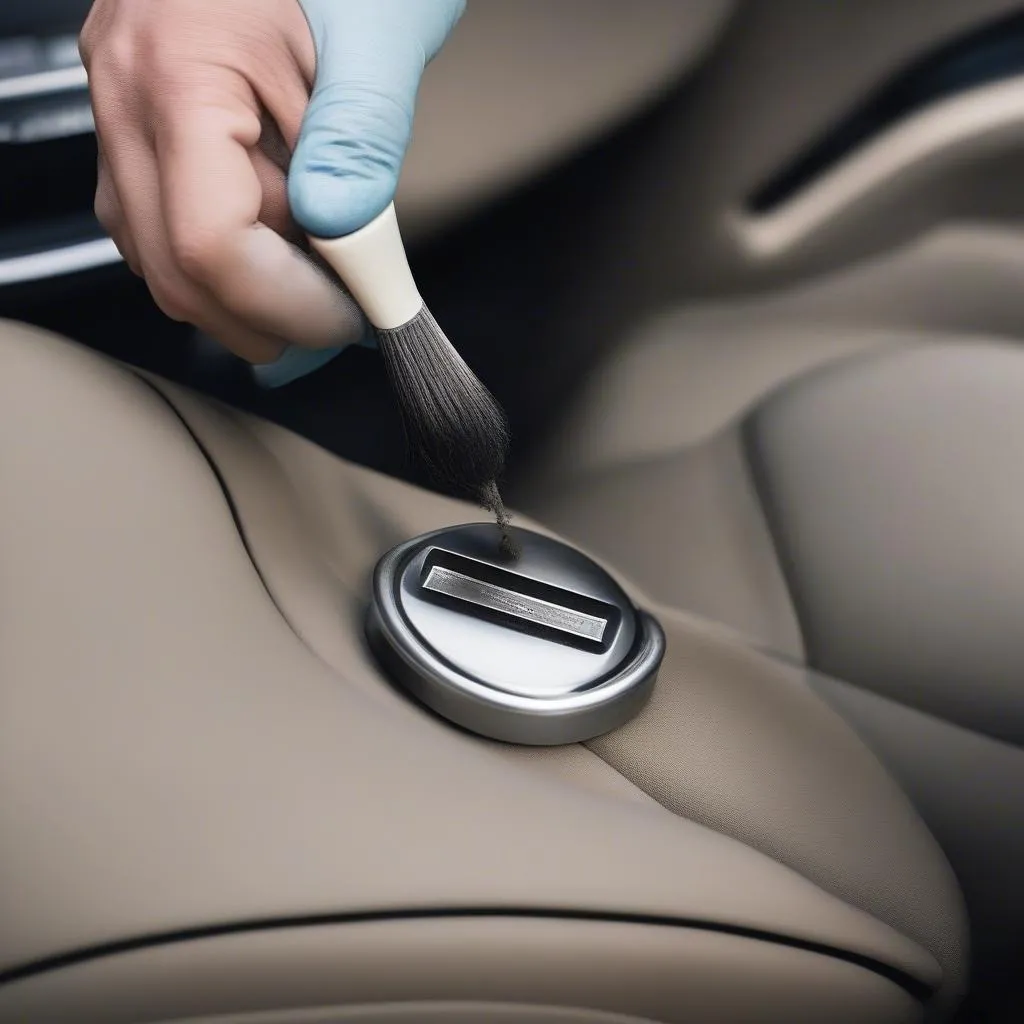A malfunctioning seat belt in your Mercedes-Benz is not something to ignore. It’s a crucial safety feature that could save your life in case of an accident. While some seat belt issues might require professional attention, there are a few things you can try to troubleshoot and potentially fix the problem yourself. This guide will walk you through the common seat belt problems in Mercedes vehicles and provide a step-by-step approach on how to fix a Mercedes seat belt.
Common Mercedes Seat Belt Problems
Before we dive into the fixes, let’s identify the typical issues you might encounter:
- Seat Belt Won’t Retract: This is often caused by a twisted seat belt, a jammed retractor, or a faulty spring mechanism within the retractor.
- Seat Belt Buckle Won’t Latch: Dirt, debris, or a misaligned buckle can prevent the seat belt from latching securely.
- Seat Belt Pretensioner Issues: In some cases, the seat belt pretensioner (the mechanism that tightens the belt during a crash) may malfunction, triggering warning lights on your dashboard.
- Seat Belt Sensor Malfunction: Modern Mercedes vehicles have seat belt sensors that detect if the belt is fastened. A faulty sensor can lead to inaccurate warning signals.
Diagnosing the Problem
Before attempting any fixes, it’s essential to pinpoint the root cause of the problem.
- Visual Inspection: Begin by visually inspecting the seat belt, buckle, and the area around the retractor for any visible damage, loose parts, or obstructions.
- Listen for Unusual Sounds: Pay attention to any grinding, clicking, or whirring sounds coming from the seat belt mechanism when you try to fasten or retract it.
- Check Warning Lights: Note any warning lights illuminated on your dashboard, as they might indicate specific seat belt system faults.
If a visual inspection and basic checks don’t reveal the issue, it’s highly recommended to consult with a qualified Mercedes mechanic or use an OBD2 scanner to read diagnostic trouble codes related to the seat belt system.
 Mercedes Seat Belt Retractor Mechanism
Mercedes Seat Belt Retractor Mechanism
Gathering the Necessary Tools
Depending on the specific issue with your Mercedes seat belt, you might need some basic tools for the repair:
- Torx Screwdriver Set: Mercedes commonly uses Torx screws in their interior components.
- Panel Removal Tools: These will help you pry open interior panels without causing damage.
- Cleaning Cloth: Useful for removing dirt and debris from the seat belt buckle and retractor.
- Compressed Air (Optional): Can be used to blow out dust and debris from hard-to-reach areas.
- Replacement Parts (If Necessary): If you identify damaged components, ensure you order the correct replacement parts compatible with your Mercedes model.
 Car Interior Panel Removal Tools
Car Interior Panel Removal Tools
How to Fix a Mercedes Seat Belt
Disclaimer: The following steps provide general guidance. Procedures may vary slightly depending on your specific Mercedes-Benz model. If you are uncomfortable working on your vehicle, it is best to consult a professional mechanic.
1. Fixing a Seat Belt That Won’t Retract:
- Check for Obstructions: Often, a twisted seat belt or an object lodged in the retractor mechanism can prevent retraction. Extend the seat belt fully and carefully examine it for any twists or obstructions. Remove any foreign objects.
- Lubricate the Retractor: If the retractor feels stiff, applying a silicone-based lubricant to the mechanism might help. Avoid using oil-based lubricants, as they can attract dust and debris.
2. Fixing a Seat Belt Buckle That Won’t Latch:
- Clean the Buckle: Dirt, grime, or debris in the buckle can prevent proper latching. Use a cleaning cloth or compressed air to thoroughly clean the buckle receptacle.
- Inspect for Damage: Examine the buckle for any bent or broken components. If you find any damage, you’ll likely need to replace the buckle assembly.
 Cleaning Mercedes Seat Belt Buckle
Cleaning Mercedes Seat Belt Buckle
3. Addressing Seat Belt Pretensioner and Sensor Issues:
These issues are more complex and usually require professional attention. If you suspect a problem with your seat belt pretensioner or sensors, it’s best to take your Mercedes to a qualified technician for diagnosis and repair.
Frequently Asked Questions:
Q: How do I reset the seat belt warning light in my Mercedes?
A: In most cases, fastening the seat belt should turn off the warning light. However, if the light persists, there might be a fault in the system requiring a diagnostic scan tool to identify and reset. Tools like those offered by Cardiagtech can be invaluable for such tasks.
Q: Can I replace a Mercedes seat belt myself?
A: While replacing a seat belt is possible, it’s generally recommended to have it done by a professional. Seat belts are critical safety restraints, and improper installation can compromise their effectiveness in an accident.
Q: My Mercedes seat belt is locked, and I can’t move it. What should I do?
A: Seat belts are designed to lock during sudden stops or impacts. If your seat belt is locked, try to gently release the tension by slowly leaning back against the seat. If it remains locked, there might be a problem with the retractor mechanism requiring further inspection.
Q: How often should I have my Mercedes seat belts inspected?
A: It’s a good practice to have your seat belts inspected by a qualified mechanic at least once a year or as part of your regular vehicle maintenance schedule.
“Regular inspections are crucial,” says automotive expert John Miller, author of “The Complete Guide to Mercedes Maintenance.” “Seat belts are subject to wear and tear, and a simple check-up can ensure they’re in optimal condition to protect you.”
Conclusion
A properly functioning seat belt is paramount for your safety while driving your Mercedes-Benz. By following this guide, you can potentially diagnose and fix minor seat belt issues. However, always remember that safety is paramount. For any complex problems or if you are unsure about performing the repairs yourself, don’t hesitate to seek help from a qualified Mercedes-Benz technician. They have the expertise and specialized tools to ensure your seat belt system is in top working order.
For further guidance on Mercedes diagnostics and a range of reliable diagnostic tools, explore the offerings at CARDIAGTECH.


